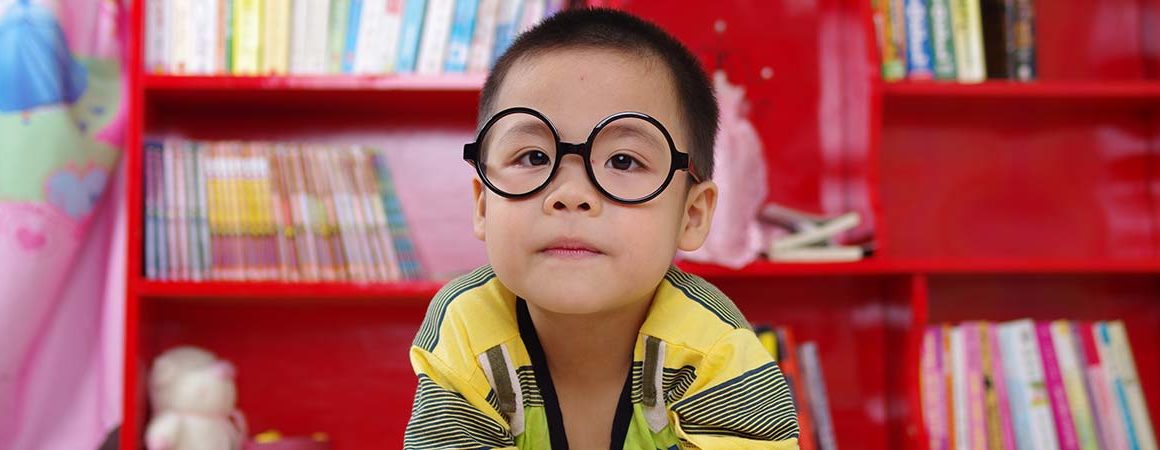I spent over thirty years as an academic researcher and learned many things about cognitive functioning in those years. You can see my formal research activities by going to my profile on the Reading Success Lab website (see my profile), and clicking on the “Mike Royer’s VITA” link at the end of the profile.
Somewhat surprising, the answer to the above question is, in part, yes. Imagine a study that involves a psychological phenomenon called habituation. When we see things that are familiar we tend not to pay attention to them. In contrast, when we see things that are novel and new, they attract our attention. We look longer at new things that we do familiar things. That is, we are habituated to familiar things, but not to new things.
What does scientific research say about whether dyslexia is inherited? The answer to this question requires an understanding of some background issues. First, genes rarely dictate that a particular characteristic is certain to be passed from one related person to another. Rather, shared genes most often increase the probability that a trait will be passed from one family member to another. Second, the probability that a trait is influenced by genetics is usually expressed by a heritability index. A heritability index of 1.0 would indicate that a family member who possessed a trait would be certain to pass that trait along to his or her progeny. In contrast, an index of 0.0 would indicate that genetics plays no role whatsoever in determining the existence of a particular trait among family members. There are virtually no circumstances where heritability indices of 1.0 or 0.0 are actually found in research so the majority of the indices actually found fall between 1 and 0.
Imagine that two elementary age readers take a standardized reading test. Both readers perform poorly on the test. Yet, there are significant differences between the two readers. One reader, often called a garden variety poor reader in the research literature, may perform poorly because he or she didn’t learn important pre-reading skills before entering school. The other reader, called a reading disabled reader, may perform poorly because they have a disability (e.g., dyslexia) that inhibits his or her ability to learn how to read. The difference between the two readers is important in deciding the approach educators take in teaching the child to learn to read. But, how do you tell when reader is a poor reader because of environmental consequences, or because of an inherent disability?
An interesting comparison can be made between poor readers who have experienced brain trauma associated with an injury or a stroke, and individuals who experience reading difficulties in the absence of brain trauma. The research literature has described the first type of individual as having “acquired dyslexia” and the second type of individual as having “developmental dyslexia.”
Read More
Is it possible for an individual to have more than one learning disability at the same time? Indeed, it is possible, and in fact is even common. When a person is diagnosed with two or medical conditions at the same time, the diseases or disorders are said to be comorbid. That is, a condition exists simultaneously with, and independent of one or more other conditions.
A longitudinal study reported by Finnish scientists presents compelling evidence that indicators of subsequent reading disability are present at birth. The research team examined two groups of children for over a decade. One group was designated “at-risk” for a reading disability based on the children having two first degree relatives with a reading disability. For example, a mother and a close relative of the mother. The other group of children were age-matched peers.
Brain imaging research has shown that the percentage of children displaying brain patterns indicative of dyslexia in different countries is similar. However, the percentage of children actually having difficulty in learning to read varies greatly across countries. The reason is a characteristic of languages known as transparency.
Research has shown that approximately 20 percent of U.S. children enter school at risk for reading failure. Schools typically respond to this concern by utilizing early identification and intervention procedures designed to prevent the occurrence of reading failure. Most often, these procedures rely on the heavy use of phonics based methods. These methods are often referred to as “best practice” procedures because they have been shown in rigorous research studies to improve the reading skills of many students at risk for reading failure.


 Facebook
Facebook
 Yelp
Yelp







